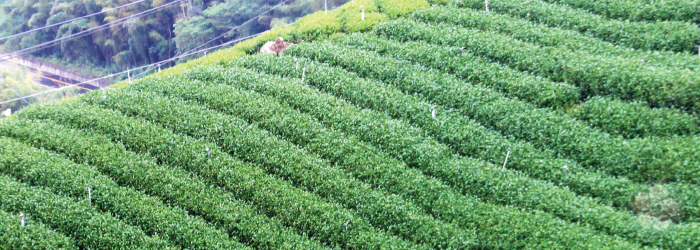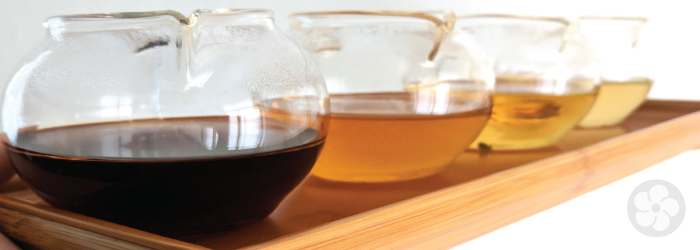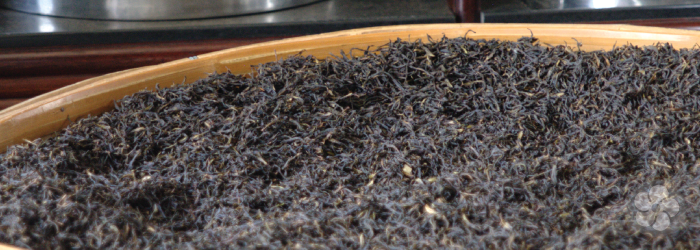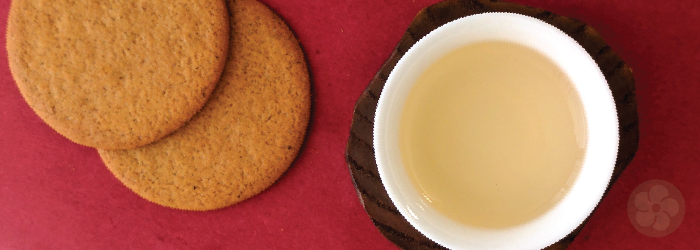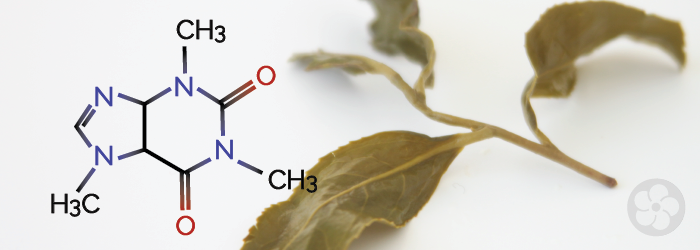Seasonal Traditions: A Guide to Tea Harvest Dates
The harvest date of a tea is one of the four main components of any tea’s identity, influencing the final flavor profile and often determining the level of quality. In many regions, tea is harvested all year round, but the differences between harvest seasons can be so great as to make a completely different tea. On the other hand, the growing conditions required for many premium teas limit output to just one or two harvests per year.
Regular readers and tea aficionados may know that spring harvested teas are often desirable for their naturally sweet flavors, but not all tea styles prioritize sweetness. Each tea has a unique set of standards for judging quality, and each has a distinct harvest season with ideal conditions for meeting those standards. Here, we’ll offer a quick overview of the teas and characteristics to expect from each harvest season.
Continue reading

